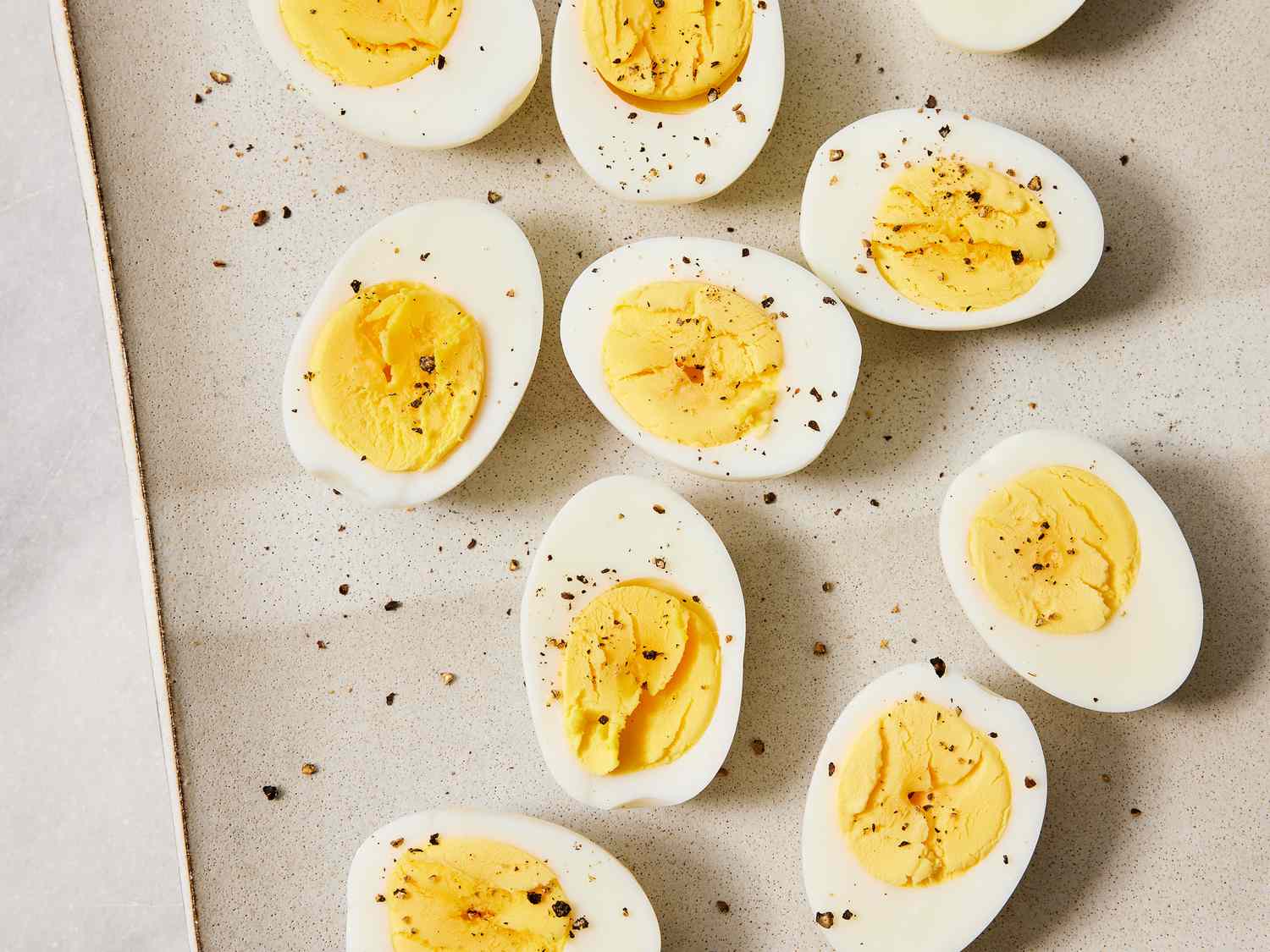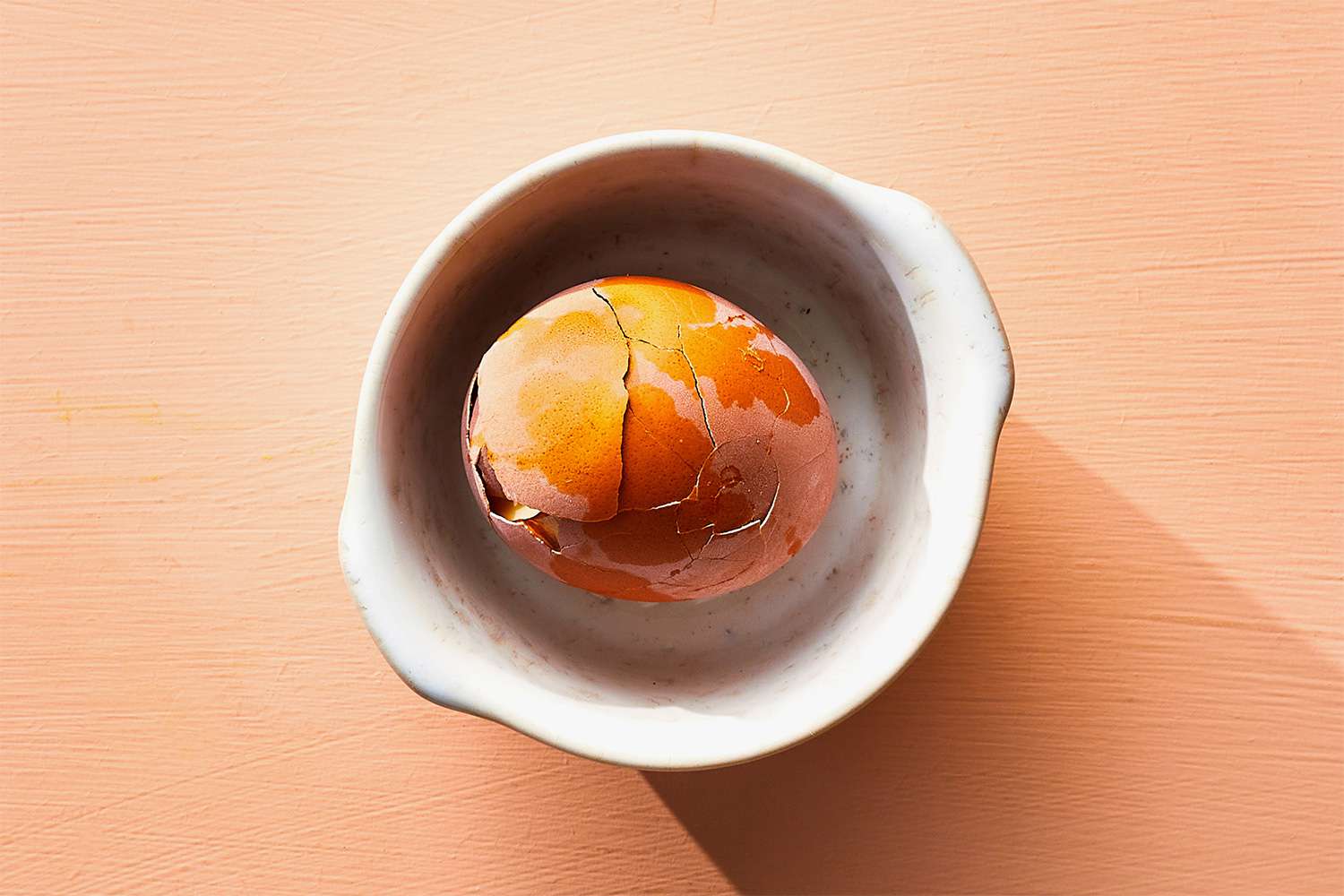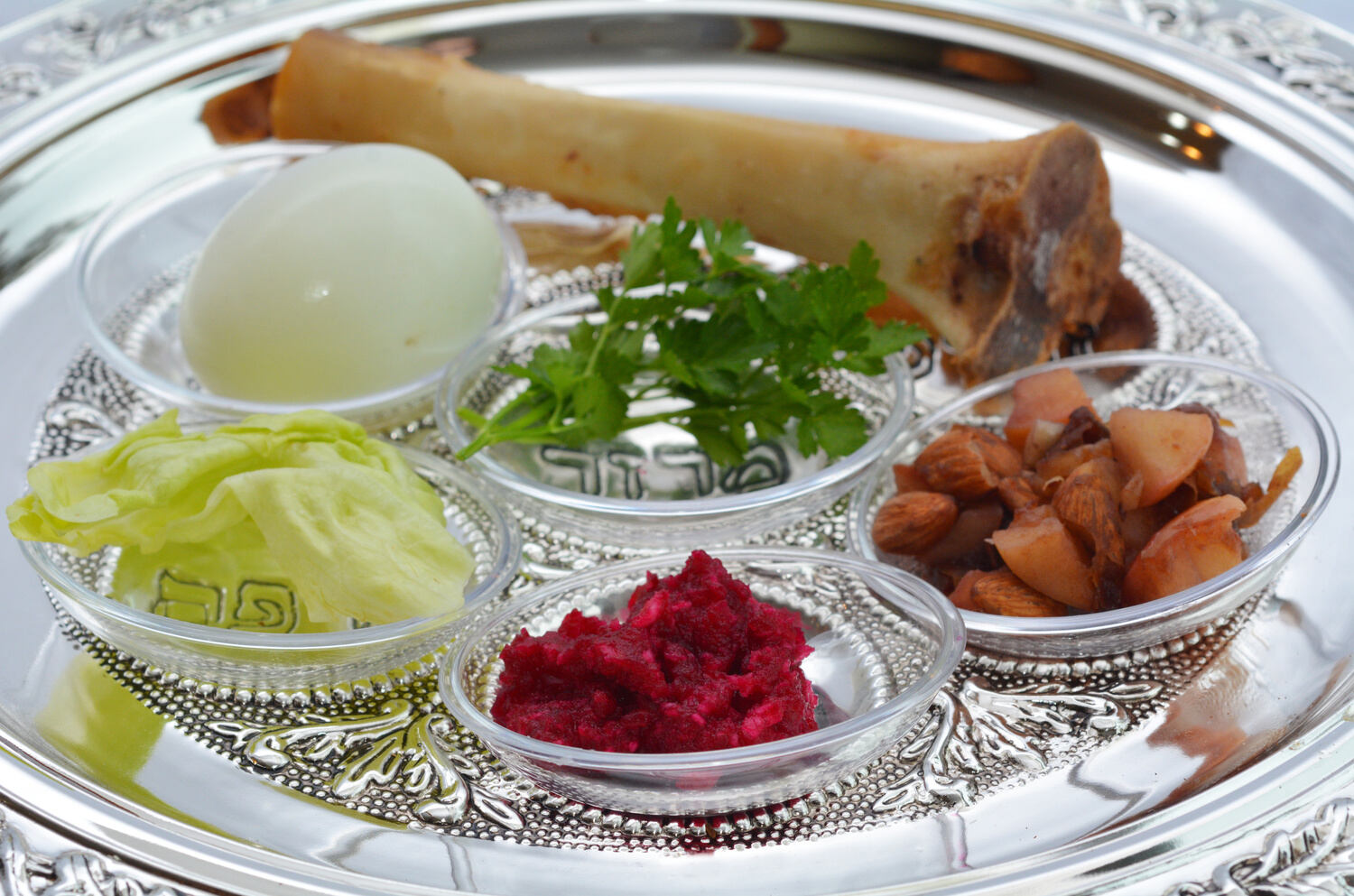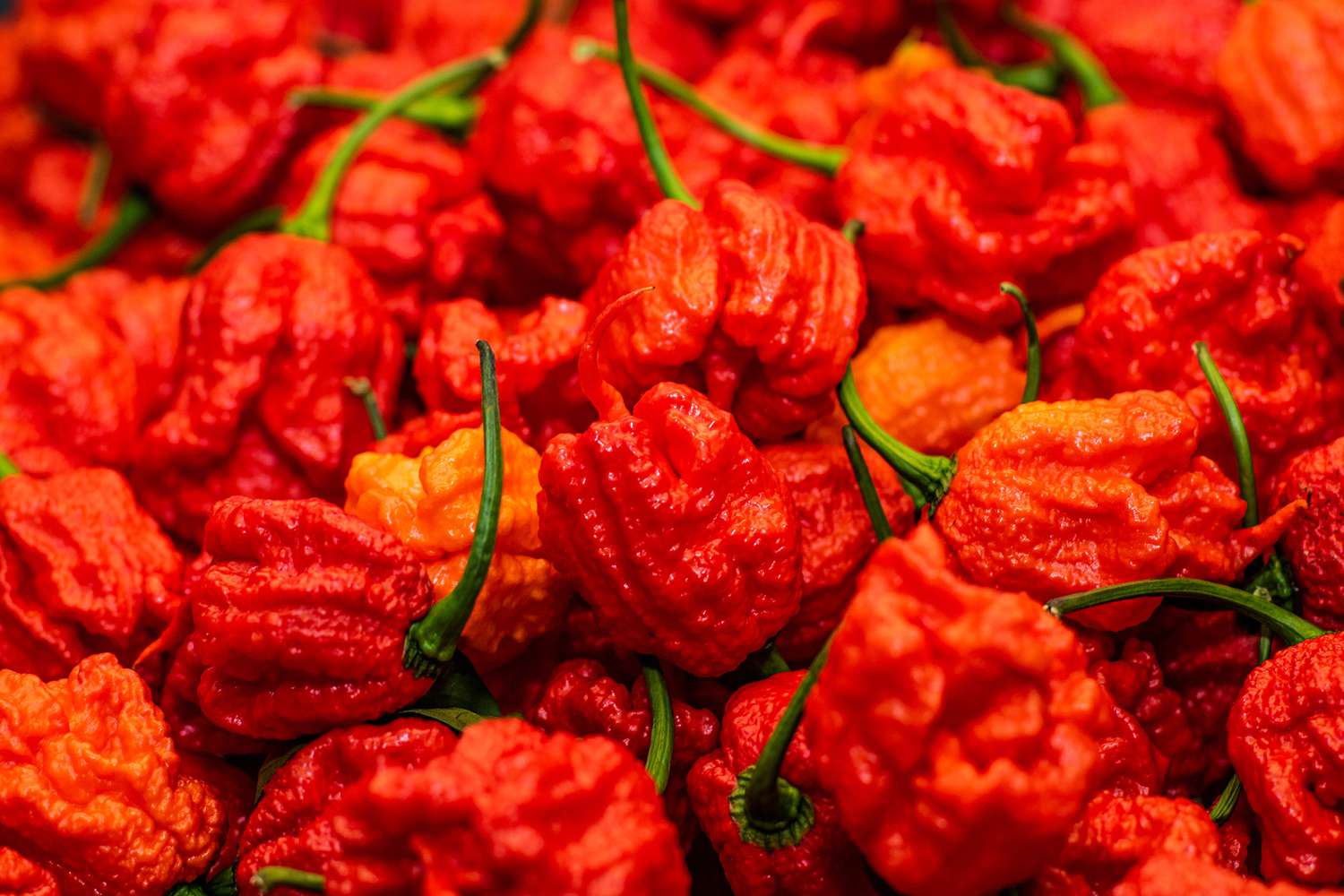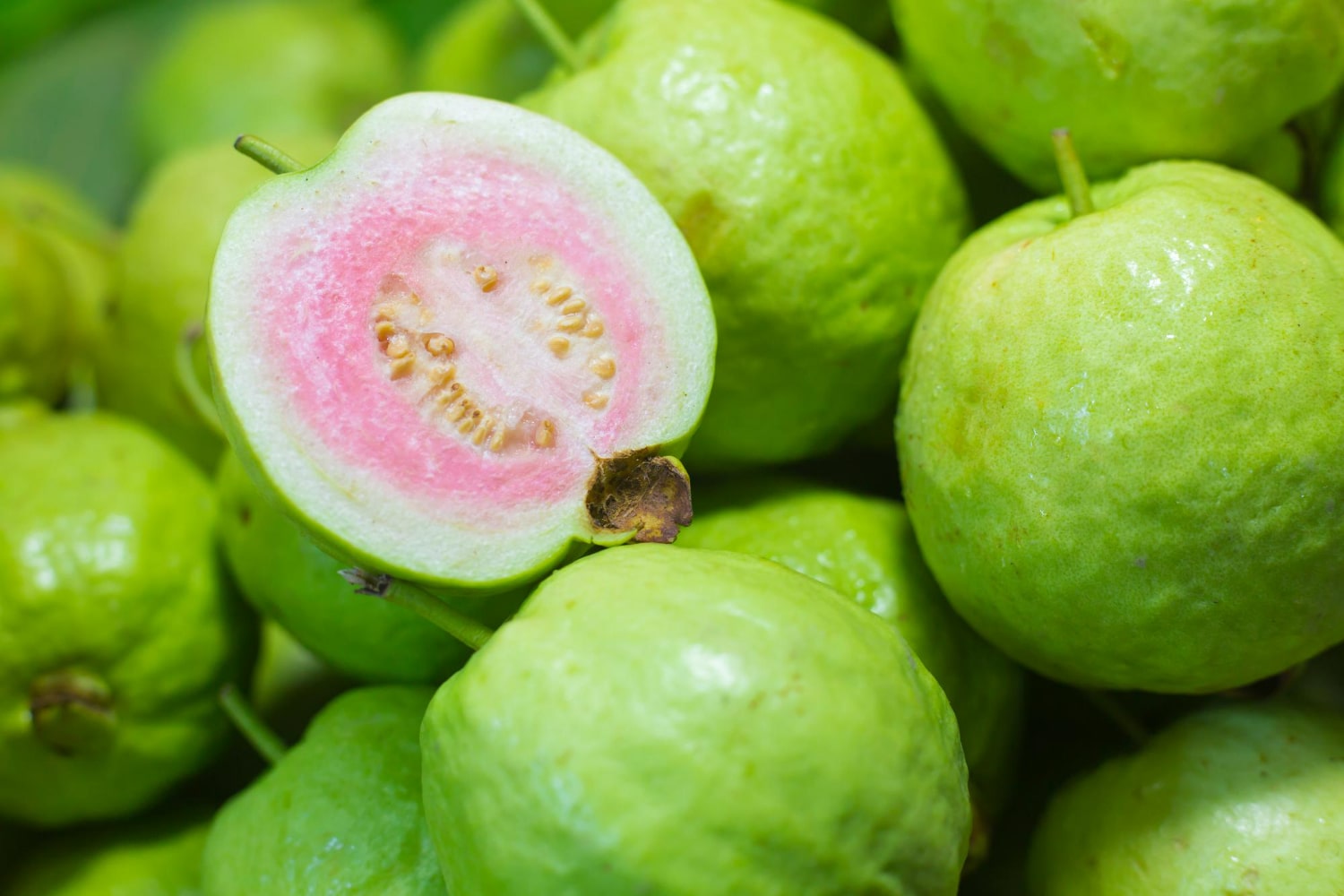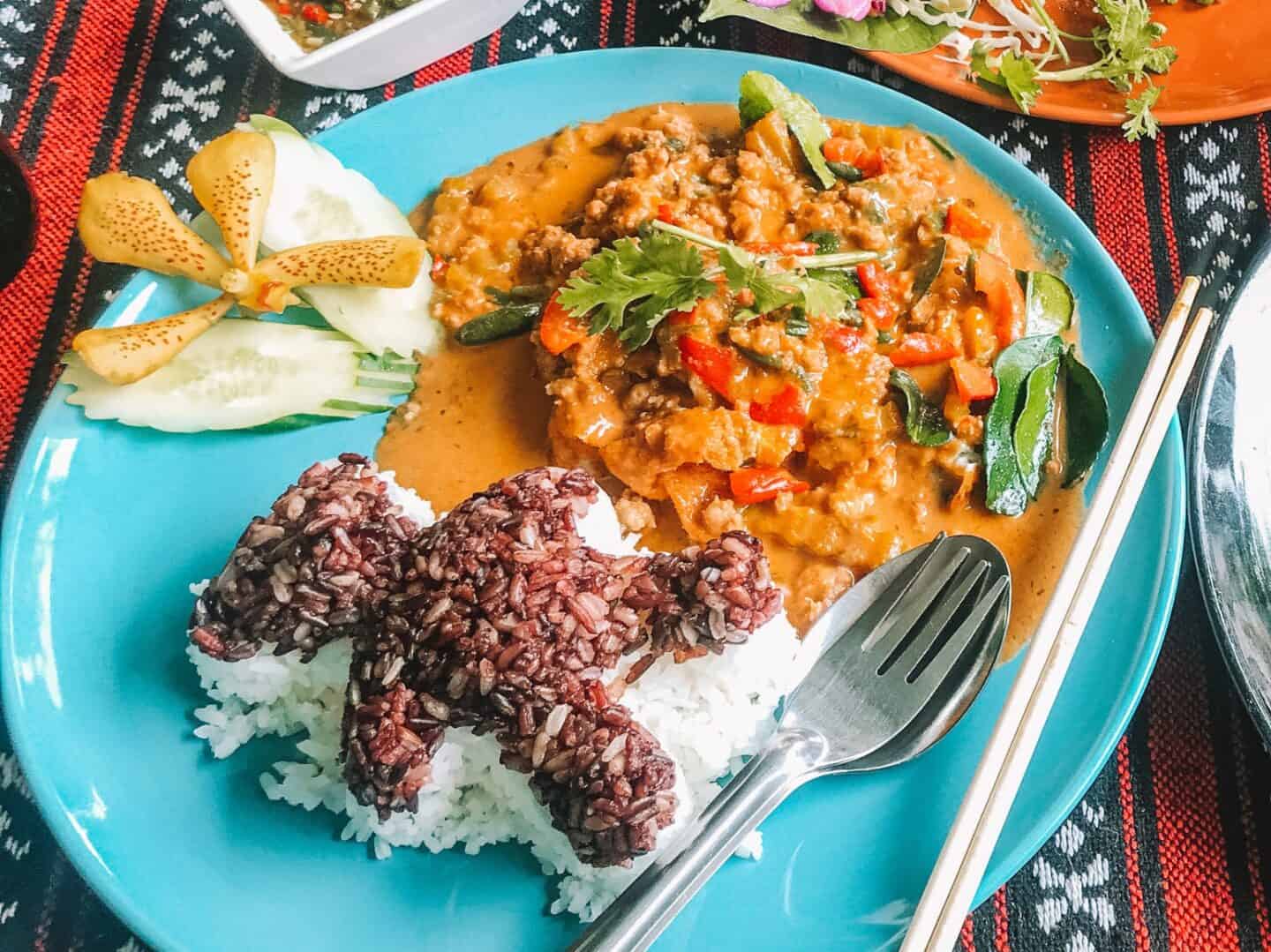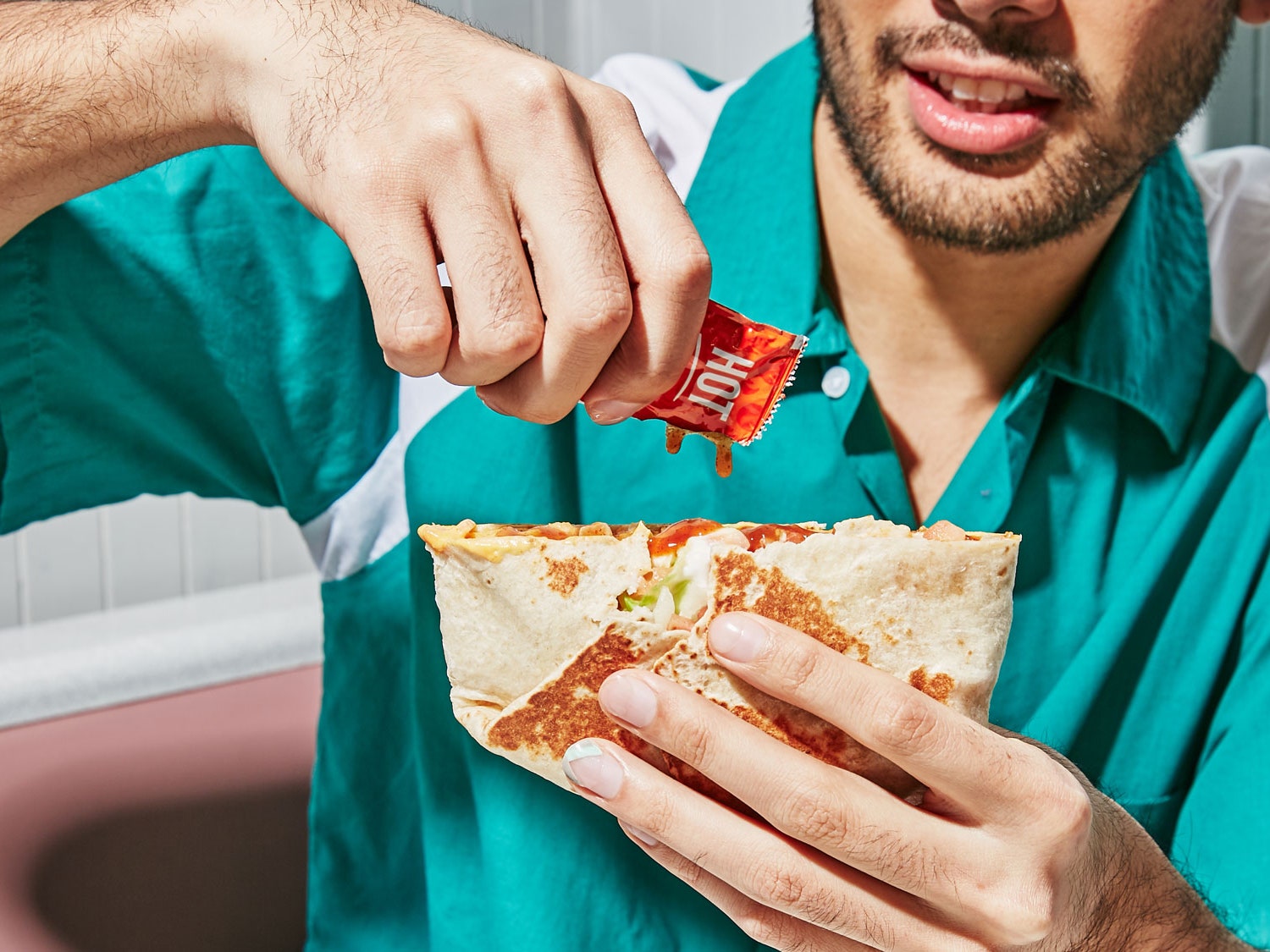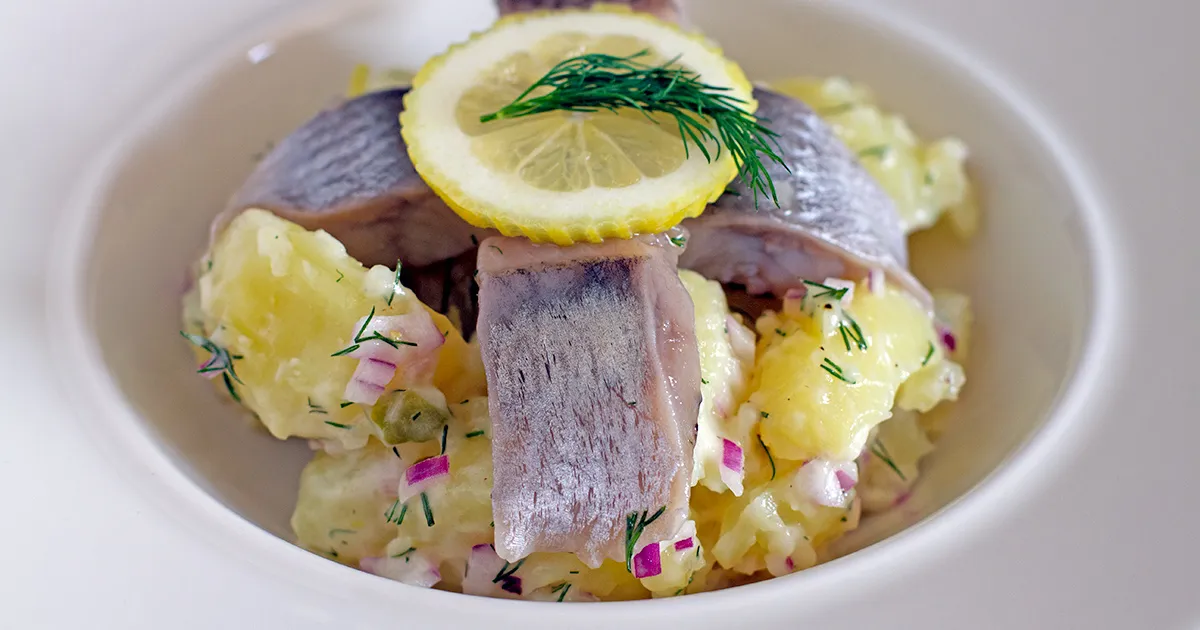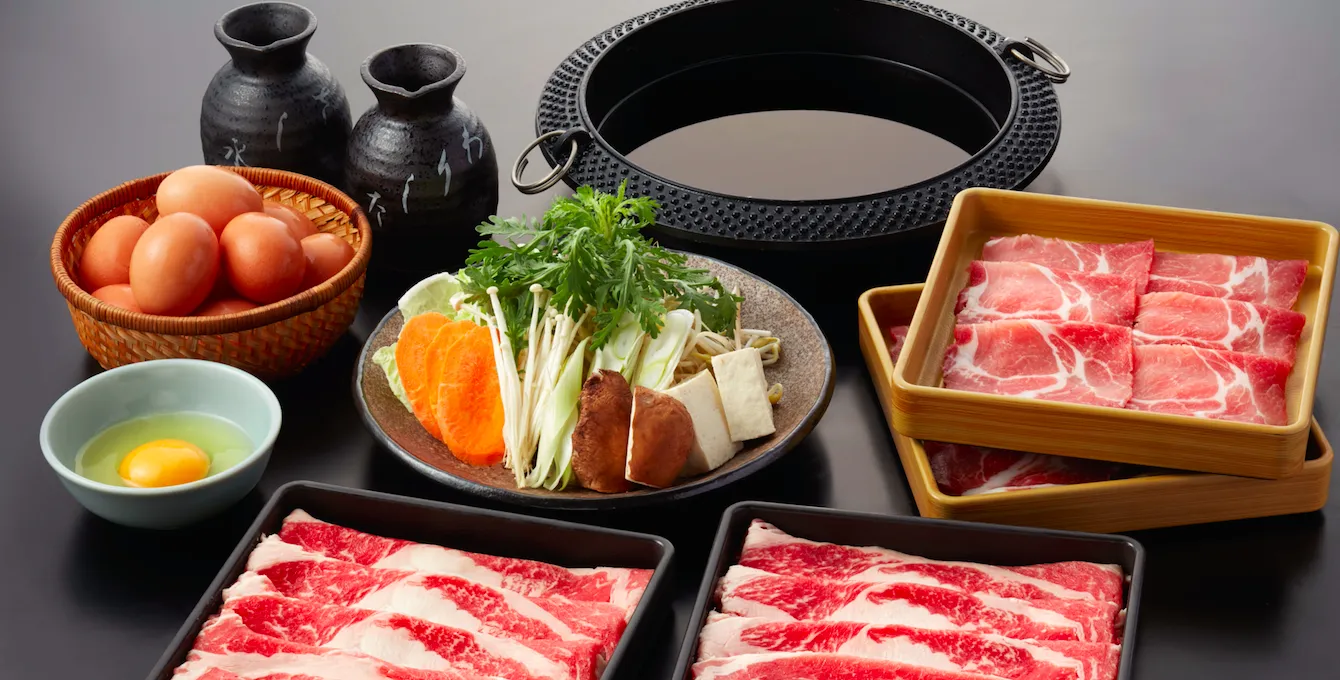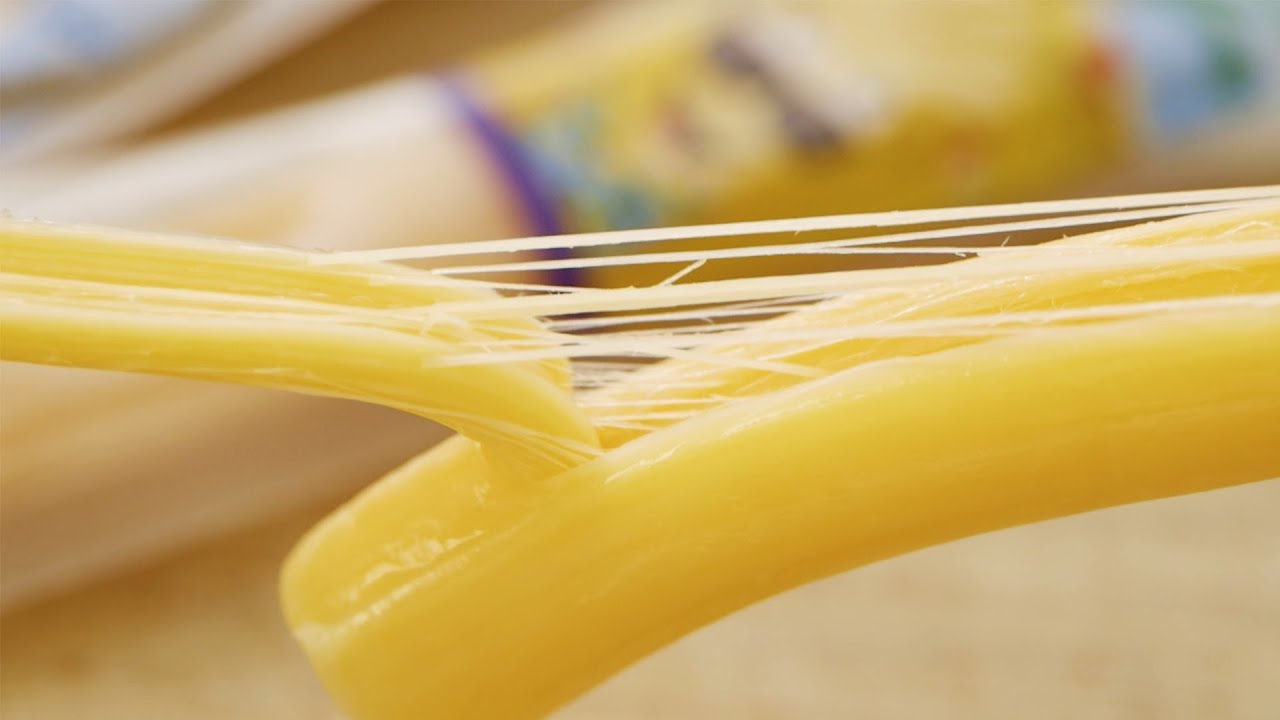The Seder meal is a central part of the Jewish Passover celebration, filled with rich symbolism, rituals, and specific foods that tell the story of freedom and redemption. To eat the Seder meal properly, follow these structured steps and guidelines to fully appreciate its significance.
Preparing for the Seder
Gather the Essentials
- Haggadah: This book contains the order of the Seder and the story of the Exodus.
- Seder Plate: The centerpiece of the table includes:
- Maror: Bitter herbs, often horseradish, symbolizing the bitterness of slavery.
- Charoset: A sweet mixture of apples, nuts, and wine, representing the mortar used by slaves.
- Karpas: A green vegetable, such as parsley, dipped in saltwater to symbolize tears.
- Zeroah: A roasted shank bone, signifying the Paschal sacrifice.
- Beitzah: A roasted egg, symbolizing mourning and the festival sacrifice.
- Matzah: At least three pieces of unleavened bread.
- Wine or Grape Juice: Four cups are integral to the ritual.
Setting the Table
- Arrange the Seder plate prominently in the center.
- Provide individual wine glasses for each participant.
- Include a bowl of water and a towel for handwashing ceremonies.
The Structure of the Seder Meal
The Seder is guided by the “15 Steps,” each with a unique ritual and purpose. These steps are performed in order, following the instructions in the Haggadah.
1. Kadesh: Sanctify the Evening
Begin by reciting the blessing over the first cup of wine. Drink it while seated, leaning to the left as a symbol of freedom.
2. Urchatz: Wash Hands
Wash your hands without reciting a blessing. This act signifies preparation and purification.
3. Karpas: Dip the Vegetable
Take a small piece of parsley or another vegetable, dip it into saltwater, and eat. Reflect on the tears shed by the Israelites during slavery.
4. Yachatz: Break the Matzah
Break the middle matzah in two. Set aside the larger piece as the afikoman, which will be eaten later in the evening.
5. Maggid: Tell the Story
This is the heart of the Seder. Use the Haggadah to recount the story of the Exodus from Egypt. Participants take turns reading or discussing passages.
6. Rachtzah: Wash Hands Again
This time, wash hands with a blessing, preparing for eating the matzah.
7. Motzi Matzah: Eat the Matzah
Recite the blessings for bread and for the commandment to eat matzah. Eat a piece while reflecting on the haste with which the Israelites left Egypt.
8. Maror: Taste the Bitterness
Eat a portion of maror, often dipped in charoset, to balance the bitter and sweet. This step represents the harshness of slavery.
9. Korech: The Hillel Sandwich
Make a sandwich using matzah and maror. Some also add charoset. This practice recalls the temple rituals.
10. Shulchan Orech: Enjoy the Festive Meal
The meal is served. Typical dishes include chicken soup, gefilte fish, brisket, or vegetarian alternatives. Engage in conversation about the themes of the holiday.
11. Tzafun: Eat the Afikoman
Retrieve the afikoman, hidden earlier. Eating it symbolizes the Paschal lamb once sacrificed in the temple.
12. Bareich: Blessings After the Meal
Say the grace after meals and drink the third cup of wine, leaning to the left.
13. Hallel: Songs of Praise
Sing traditional hymns and Psalms. Drink the fourth cup of wine.
14. Nirtzah: Conclusion
Recite final prayers and songs, expressing hope for future redemption.
Understanding the Symbolic Foods
- Matzah: Represents humility and the urgency of liberation.
- Maror: A tangible reminder of the suffering endured in Egypt.
- Charoset: A sweet contrast, symbolizing hope even in hardship.
- Karpas: Reflects the cycle of life, from tears to renewal.
- Zeroah and Beitzah: Serve as reminders of temple sacrifices and mourning.
Enhancing the Experience
- Engage All Ages: Include children by asking questions and encouraging participation.
- Encourage Discussion: Allow each guest to share their reflections on freedom and gratitude.
- Prepare in Advance: Ensure enough supplies for every guest to partake in each ritual.
By following these steps and traditions, eating the Seder meal becomes a meaningful journey through history, faith, and community. The combination of ritual, storytelling, and symbolism makes the Seder a profound celebration of liberation and unity.
Was this page helpful?
Abby Marcelino
Abby is a writer, editor, and a fan of ASMR mukbang and cooking videos. Her family has been in the food industry for years and she has been working for their business as a part-time quality assurance officer and content creator. She is addicted to all things dairy and carbs, most especially cheese and bread.
